Description
Nasturtium Tom Thumb (Certified Organic)
Nasturtium Tom Thumb (Certified Organic) . An easy to propagate annual producing low level ground cover up to 20cm covering in an array of upright held flowers across a broad spectrum of colours all summer long. The flowers and leaves are a peppery addition to salads, pastas, or used as a garnish. Hardy annual.
Cultivation Advice
- Choose a sunny or partially shaded location with well-draining soil. Nasturtiums generally prefer full sun but can tolerate some shade.
- Prepare the soil by loosening it to a depth of a few inches. Add compost or organic matter to improve soil fertility and drainage.
- Plant seeds directly into the garden after the last frost date in your area. Nasturtiums are annuals and grow quickly from seed.
- Sow seeds about 1/2 inch deep in the soil, spacing them around 8-12 inches apart to allow for proper growth and spreading.
- Keep the soil consistently moist during the germination period. Once established, water moderately; Nasturtiums are somewhat drought-tolerant.
- Apply a thin layer of organic mulch around the plants to retain moisture and suppress weed growth. This also helps maintain soil temperature.
- Prior to planting, incorporate organic fertilizers such as compost or well-rotted manure into the soil to provide necessary nutrients.
- Nasturtium Tom Thumb doesn’t typically require support, but some varieties may benefit from light support to prevent sprawling.
- Nasturtiums are relatively pest-resistant but can attract aphids or caterpillars. Employ organic pest control methods like neem oil or companion planting with marigolds to deter pests.
- Remove spent flowers regularly to encourage continuous blooming. Pruning may not be necessary, but you can trim back leggy growth to maintain a more compact shape.
- Nasturtiums attract pollinators like bees and butterflies, promoting biodiversity in the garden.
- Regularly monitor the plants for water needs, especially during hot and dry periods. Water deeply when the soil feels dry to the touch.
- Utilize the benefits of companion planting by growing nasturtiums alongside vegetables like cucumbers, tomatoes, or brassicas. They can attract beneficial insects and deter pests like aphids.
- Periodically check the soil pH and maintain it slightly acidic to neutral (around 6.0 to 7.0) for optimal growth. Amend the soil as needed to achieve the desired pH level.
- Consider sowing seeds in successive batches to ensure continuous blooming throughout the growing season, providing a longer display of colorful flowers.
- When purchasing seeds, ensure they are from reputable sources that prioritize organic, non-GMO, and sustainably sourced seeds.
- Embrace the wildlife attracted to Nasturtium Tom Thumb, as they serve as host plants for some caterpillars and provide nectar for pollinators.
- Ensure proper drainage to prevent waterlogging, as overly wet conditions can lead to root rot. Raised beds can be an option if drainage is a concern in your garden.
- Nasturtiums grow well in containers. Use high-quality potting mix and choose appropriately sized containers with drainage holes for healthy growth.
- Enjoy the edible flowers and leaves of Nasturtium Tom Thumb! Add them to salads for a peppery taste, use them as garnishes, or infuse them in vinegars.
- If interested, learn about saving seeds from your nasturtiums for future planting. Allow some flowers to mature and produce seeds, then collect and store them properly.
- Utilize Nasturtium Tom Thumb’s vibrant blooms for ornamental purposes. They add a pop of color to borders, containers, or hanging baskets.
- Regularly harvest edible flowers and leaves to encourage more growth. This practice not only provides a harvest for your use but also stimulates further flowering.
- If you have an abundance of nasturtiums, consider sharing them with friends, neighbors, or community gardens to spread the joy of gardening.
- Allow some plants to go to seed if you desire a naturalized garden. Nasturtiums often self-seed readily and can return year after year.
- Explore different ways to use nasturtiums in the kitchen! Experiment with pickling the seeds as an alternative to capers or making flavored vinegars.

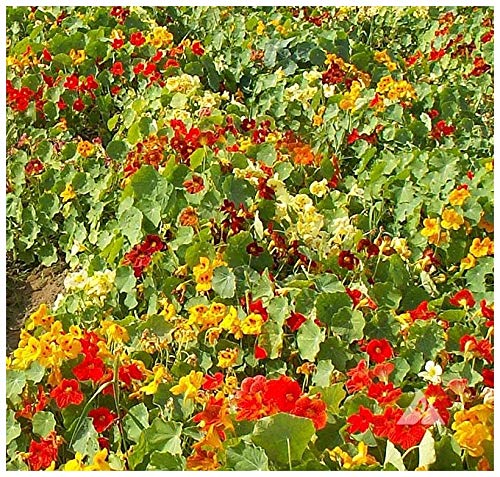

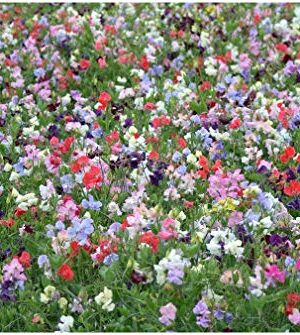
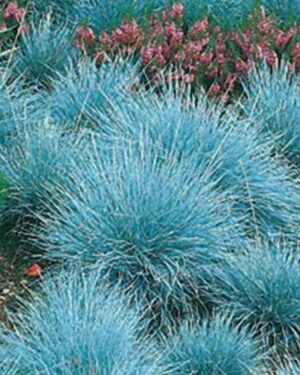
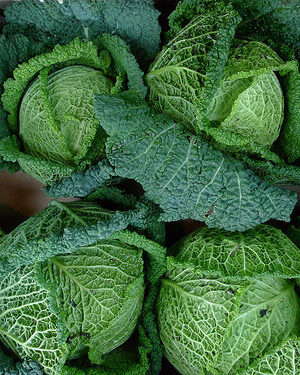
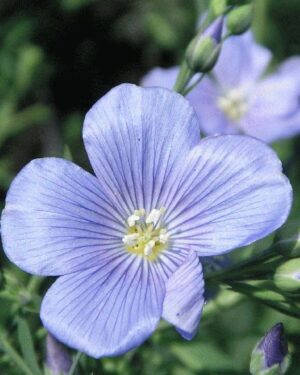

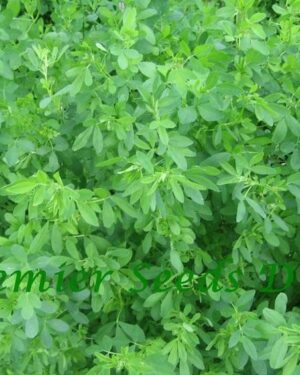
Reviews
There are no reviews yet.